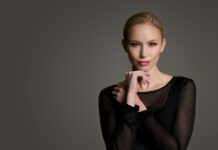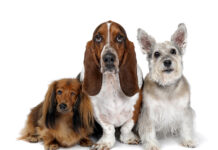by Margaret Bryant
If you are a portrait photographer you already know that a person’s expression is one of the most important elements of the photograph. If your subject is not a human, one of the most important elements of the photograph is the subject’s ears. Dogs, cats, horses and other animals use their ears to express themselves. It is important for you, the photographer, to pay as much attention to the animal’s ears as you would pay attention to a human subject’s smile.
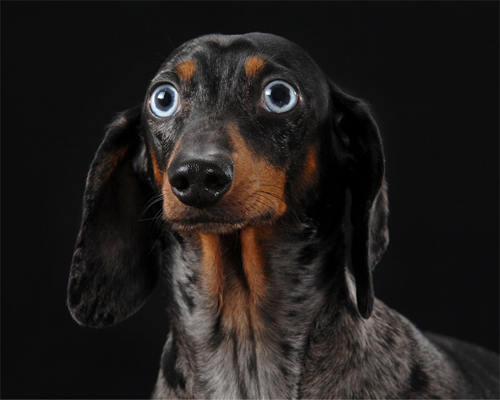
(Title image) What a difference it makes having the dog’s ears up!
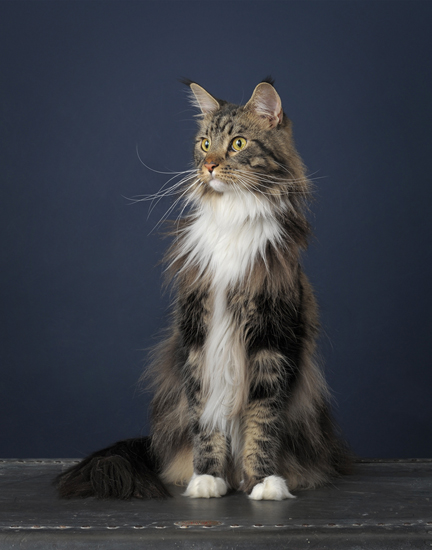
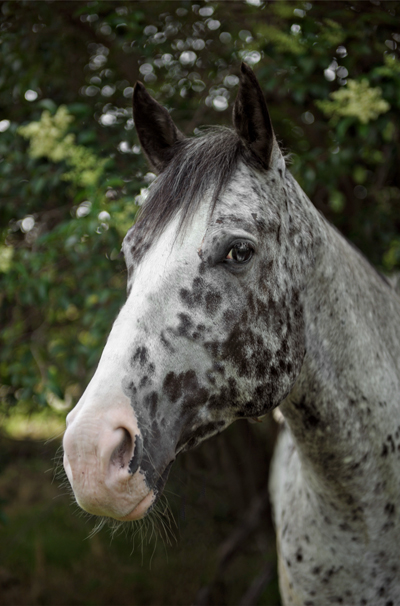
To get the best animal expressions, it is helpful to know more about an animal’s ears and how to get them to respond in the way you want it to respond. For example, a bird’s ears are on the side of their heads under their feathers. If you are behind the camera making noises, the bird will turn its head in profile so it may listen more closely. If you want a bird to look at the camera, you need to make a noise off to the side so the bird will turn its head to listen and be looking at the camera.
Both horse ears and cat ears need to face forward. Both animals, with a few exceptions, have prick (straight up) ears so it is easy to see any movement. Any ear movement off to the side indicates the animal is listening to something. If the side movement is sustained or if the ears are held back close to the head it indicates the animal is stressed. This is not desirable. This would be similar to a human subject frowning.
To get a horse or cat ears facing forward, you need to make sure they feel comfortable in their environment. Take the time to make this happen. Then you need to do something to get their attention. Horses and cats might respond to noises. Do not startle the animals, but make them curious. Even better, both horses and cats usually respond to movement that gets them to look towards the camera. That movement could be a feather toy in the case of cats and an empty plastic shopping bag in the case of horses. Try different things and see what works.
Dogs are probably the most common animal that is photographed. There are a variety of ear shapes in dogs and different ways to get them to look alert. The two most common ear forms in dogs are prick ears and floppy ears. Believe it or not, it is possible to get both forms of ears to look alert. Unlike cats and horses, most dogs react better to noises than to movement. Although with all animals you use what works best whether it is noise, movement or food.
When you get a dog’s attention, its ears will likely be alert. Not surprisingly, prick ears are easier to look alert. But floppy ears can look alert as well. Floppy ears will rise slightly where they attach to the dog’s head, and the ear flaps will sometimes turn outward. Most times there is a dramatic difference between ears that are alert and ears that are down. (See photos)
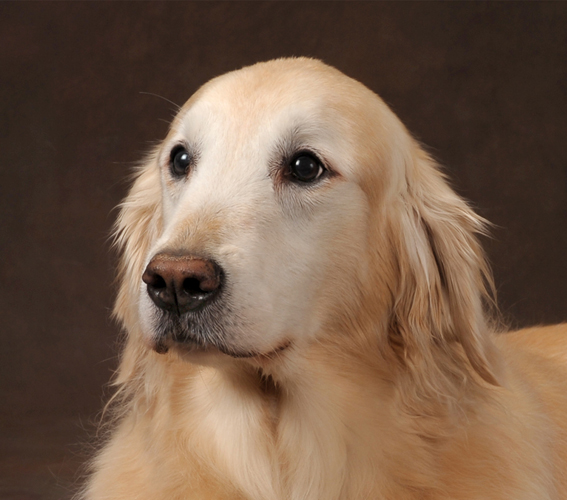 Not all dog ears go up, so it is important to test them before the session. Make a noise and see if the ears go up. If they don’t, ask the owner if that is typical. There is no point in spending a lot of effort to get the dog’s ears up if they don’t normally go up. (And the client is unlikely to purchase “ears up” photographs if that is not normal for the dog.)
Not all dog ears go up, so it is important to test them before the session. Make a noise and see if the ears go up. If they don’t, ask the owner if that is typical. There is no point in spending a lot of effort to get the dog’s ears up if they don’t normally go up. (And the client is unlikely to purchase “ears up” photographs if that is not normal for the dog.)
To get a dog’s ears up during the photo session, try a variety of noises. There are two types of noises: noises they are familiar with and noises that are new. Noises they are familiar with might be a doorbell, a door knock, a squeaky toy, tags on their collar, or their owner’s voice. A list of noises that are new could be endless. Think of anything a dog would not normally hear. Items like a harmonica, a slide whistle, a siren whistle, or a hunter’s animal calls might be on that list.
What is more important is how the noises are used. First, a few rules. Only one person at a time should make the noises. Only one. That person should be located where you want the dog to look. Noises should be used once and not repeatedly. If you are using a squeaker, proper use would be once (*squeak*) or twice (*squeak* *squeak*). Do NOT squeak repeatedly (*squeak* *squeak* *squeak* *squeak* *squeak* *squeak*). The dog will ignore the noise and you will drive yourself nuts!
With any noise, if you get a reaction, great! Then use it again. If you do not, then switch to something new. It is important to be able to quickly change noises when one no longer works. You need to keep the momentum up so whoever is making the noises needs to be ready to change. You also need to know when to stop. You do not want the dog to get overloaded from too much noise.
Vary the volume of the noises. Softer noises will likely get the dogs to tilt their heads to listen more closely. You can also get a dog’s ears up and an alert look with movement. Movement could be a cat feather toy, or even the owner walking back and forth behind the photographer. Favorite toys can be used. Dogs that are ball crazy can be alert with ears up merely by showing them a tennis ball. Food can also be used. In this case, you let the dog know you have food, but do not give it to him. By holding a tidbit of food in your hand and moving your hand around, you can get the dog to have its ears up and look in almost any direction you want.
Never forget that every animal is different. What works to get one animal’s ears up may not work for another animal. Do not get into the mindset that a squeaker works for every dog. It does not. For each animal you need to figure out what works best for that particular animal and you need to be ready to change it up when that noise no longer works. Taking the time to get an animal’s ears looking alert, much like getting a human subject to have a natural smile, is worth the effort to create a great portrait. Always remember, expression sells!
 Margaret Bryant is an award winning photographer who specializes in photographing dogs and their people. Her style is simple, original and authentic and often shows the humor and whimsy of dogs. She shares her knowledge with others with speaking, teaching, private coaching and writing.
Margaret Bryant is an award winning photographer who specializes in photographing dogs and their people. Her style is simple, original and authentic and often shows the humor and whimsy of dogs. She shares her knowledge with others with speaking, teaching, private coaching and writing.




